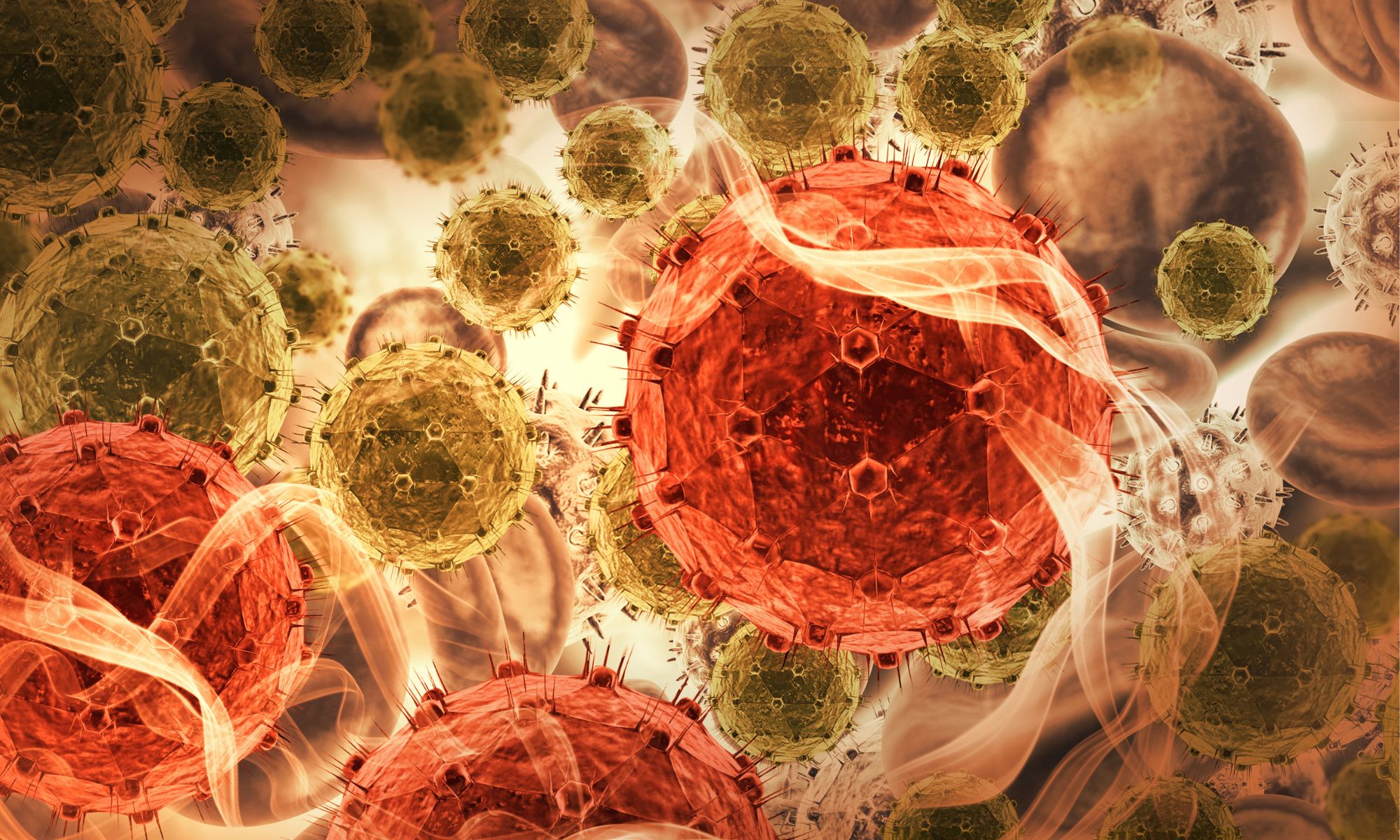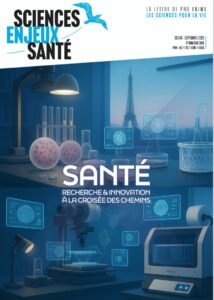
April 2025 marks historic shift in US animal testing policy, $1M for childhood cancer research without using animals, Achieving truly animal-free experiments and more
News on non-animal methods
MAY 05 - 09, 2025NEWS, REPORTS & POSITION STATEMENTS
1. NIH to prioritize human-based research technologies
The National Institutes of Health (NIH) is adopting a new initiative to expand innovative, human-based science while reducing animal use in research. Developing and using cutting-edge alternative non-animal research models aligns with the U.S. Food and Drug Administration’s (FDA) recent initiative to reduce testing in animals.
To integrate innovative human-based science, the NIH intends to establish the Office of Research Innovation, Validation, and Application (ORIVA) within NIH’s Office of the Director. The new office will coordinate NIH-wide efforts to develop, validate, and scale the use of non-animal approaches across the agency’s biomedical research portfolio and serve as a hub for interagency coordination and regulatory translation for public health protection.
2. April 2025 marks historic shift in US animal testing policy
Recent developments in the United States mark a significant turning point in the global transition away from animal testing toward more human-relevant approaches in biomedical research and regulatory science. Several stakeholders in the field published article opinion on the matter :
- When the (NAMs) wins just keep coming !As the NIH established its intent to set up the Office of Research Innovation, Validation, and Application (ORIVA), Dr Kasturi Mahadik, Chef Manager at the Centre for Predictive Human Model Systems, shared an opinion article on NAMs : “To those who still naively insist that a NAM can’t replace an animal — you’re missing the point. Of course one can’t, but integrated NAMs absolutely can, and already are.” — she says.
- The Turning Point : April 2025 Marks Historic Shift in US Animal Testing PolicyProf Thomas Hartung just authored a comment in the journal ALTEX, to give a perspective on this important news, and what it will generate in the short-term and at the global level.Read more
- Roadmap to Reduce Animal Testing – The EU Talks, the US Acts !The EU has embarked on a comprehensive process to phase out animal testing for chemical safety, though final implementation remains years away. In contrast, the US FDA has unveiled a clear and ambitious roadmap to rapidly reduce animal testing, centered on validated NAMs such as organ-on-chip and advanced computational models. Love Hansell and Prof Thomas Hartung discussed these concrete differences in a contribution article in Frontiers.
3. Bridging the gap : creating more physiologically relevant human cell models
Three-dimensional models allow researchers to better represent the complex tissues and cell-cell interactions taking place. In a new press article, the author explores the three-dimensional cell models currently used by researchers, including organoids and organs-on-chips (OOC), to understand disease and aid drug discovery for specific topics like women’s health, or diseases such as cardiovascular or neuropsychiatric diseases.
The author spoke with two renowned scientists : Professor Donald E. Ingber, faculty member and founding director of the Wyss Institute for Biologically Inspired Engineering at Harvard University. Their work shines a light on how these models could be used in the future, in developing treatments – and doing so more efficiently and inexpensively – and in personalized medicine.
INTERVIEWS, NOMINATIONS & AWARDS
4. The ORGAPRED core facility has officially achieved ISO 9001 certification
The ORGAPRED core facility “Tumor organoids for research and predicting response to treatments” has officially achieved ISO 9001 certification — a testament to their commitment to quality, scientific rigor, and innovation to delivering high-quality services and continuously improving our processes to better meet the needs of partners and users.
The facility assists researchers and clinicians in developing clinical research protocols to use tumor samples to generate and store tumoroids, and/or to use them for clinical or basic research. The facility is part of the “OrgaNO” network of tumor organoid facilities of the Cancéropôle Nord-Ouest (partnership with the ORGALILLE facility in Lille) and part of the National Network of facilities in the Research Group on Organoids recognised by the CNRS (French National Centre for Scientific Research) in 2021.
5. Hesperos wins ACC.25 pitch competition
Hesperos Inc, a leader in recreating human biology for drug development with its Human-on-a-Chip® technology, took top honors at the American College of Cardiology annual meeting (ACC.25).
“This impressive achievement underscores Hesperos’ innovative Human-on-a-Chip organ system technology that provides drug and (other medical product) developers more informative results about their products, more quickly and at lower cost than conventional animal testing. This validation of our service offerings by recognized experts aligns well with FDA’s renewed focus on phasing out animal testing,” said Christopher Long, PhD, Hesperos’ Director of Automation and Engineering, who presented the pitch at ACC.25.
TOOLS, PLATFORMS, CALLS
6. $1M for childhood cancer research without using animals
The Alternatives Research & Development Foundation (ARDF) is launching its largest grant program to date, just over $1 million in funding for research focused on childhood cancer. The goal of ARDF’s Alternatives in Research (AiR) Challenge : Focus on Childhood Cancer program is to provide critical funding for research that improves the understanding or treatment of childhood cancers while demonstrating that non-animal approaches can be valuable tools for biomedical progress.
The new program will fund up to five grants, each at $210,000. Proposals from researchers at non-profit educational or research institutions across the US will be considered. ARDF’s online application portal will begin accepting proposals on June 2nd and the LOI deadline is September 15th, 2025.
7. WC13 : L’Oréal offers exclusive opportunities
L’Oréal Research & Innovation is committed to advancing non-animal testing worldwide. At WC13, L’Oréal offers two exclusive opportunities : booth space for 5 startups in the L’Oréal Innovation Village, and 6 travel grants for researchers presenting their work. Whether you’re developing innovative methods or sharing cutting-edge research, this is your chance to contribute on a global stage.
8. Achieving truly animal-free experiments and scientifically reliable and reproducible methods
Despite all the positive facts regarding advanced cell culturing these last years, we must get rid of all animal-derived products in cell culturing practices, for both ethical and scientific reasons.
The scientific journal Frontiers just launched a new research topic to present and disseminate articles with easily implemented information regarding the use of non-animal products in different experimental settings involving cell lines. These articles aim to encourage and stimulate the true use of animal-free experimental approaches. Manuscript Submission Deadline is 30 May 2025.
SCIENTIFIC DISCOVERIES & PROTOCOLS
9. Ensuring reliable experimental outcomes in microfluidic systems
Accurate risk assessment in drug development is crucial, as conventional in vitro and in vivo models often fail to predict human-specific responses. Organs on chips offer a promising alternative, but widespread use of polydimethylsiloxane (PDMS) introduces challenges due to its sorption of small lipophilic molecules, distorting pharmacokinetic and pharmacodynamic data.
In a new study, researchers investigated the sorption behavior of seven pharmaceutically active compounds in microfluidic devices and washout of these compounds, using high-performance liquid chromatography-mass spectrometry to evaluate recovery of compounds. Their findings highlight the importance of material selection and molecular properties in minimizing sorption and ensuring reliable experimental outcomes.
Read the publication in Scientific reports


